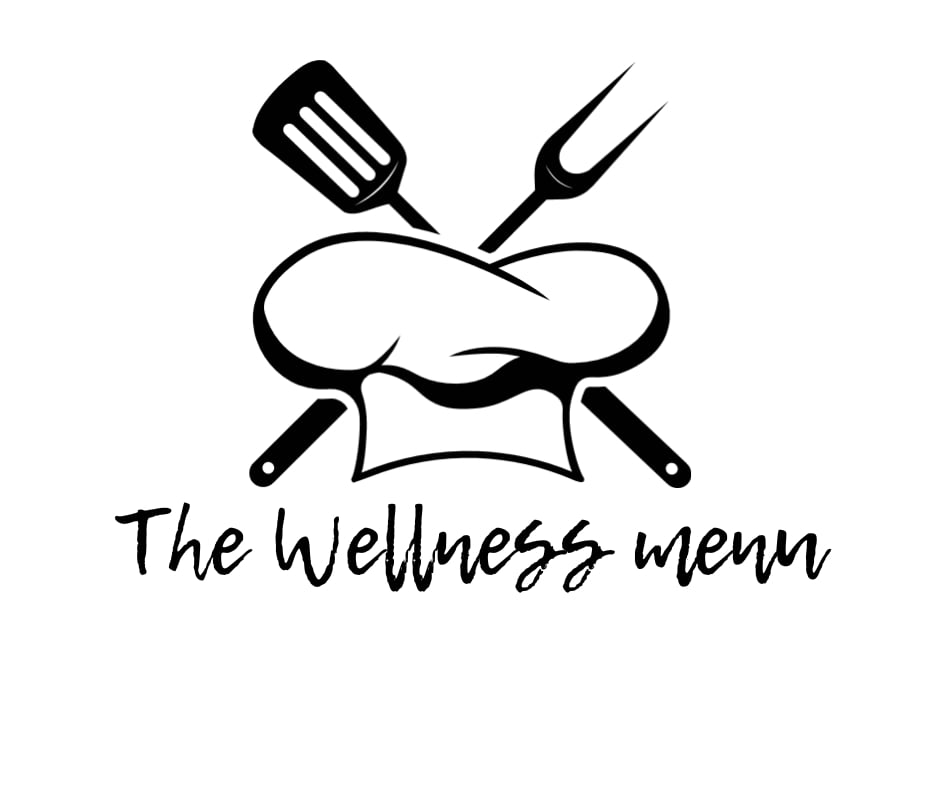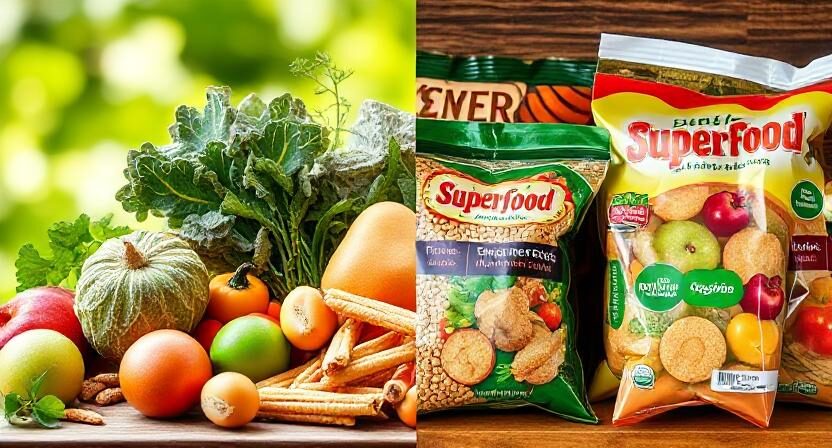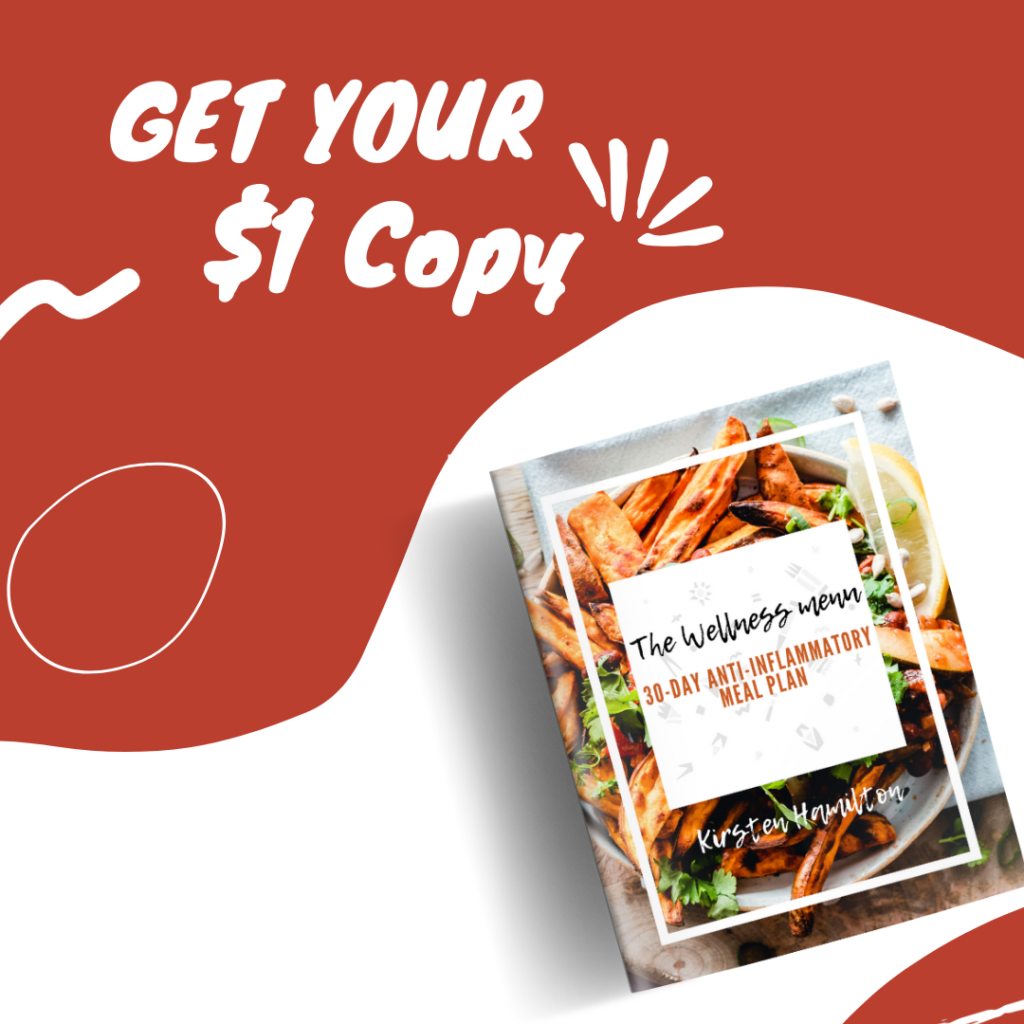
Analyzing the Hype: Are These Whole Food Options Worth It?

When it comes to grocery shopping, Whole Foods is often seen as the mecca for health-conscious eaters. But navigating the aisles can feel overwhelming—especially when there are so many “best” options being thrown at you from every direction. In a recent video script that’s buzzing with enthusiasm and bold health claims, the speaker takes us on a quick tour through what they consider standout finds at Whole Foods. But are these items really worth the hype?
Let’s break down each product, explore what makes it unique, and uncover some key takeaways for anyone looking to eat clean without getting lost in marketing fluff.
Pasture-Raised Eggs: The Gold Standard?
The video kicks off strong with a passionate endorsement of pasture-raised eggs—highlighting options that include regenerative, organic, and even blue eggs. And while “blue eggs” might sound like a novelty, the speaker’s main point is crystal clear: pasture-raised beats everything else.
Let’s unpack that. The term pasture-raised means the hens have significant outdoor access—typically 108 square feet per bird—where they can forage, peck, and roam freely. This contrasts sharply with cage-free or free-range birds, which often still spend most of their time indoors with minimal room to move.
Nutritional Perks of Pasture-Raised Eggs
The speaker claims these eggs are “nutritionally far superior,” and there’s some science to back that up. Studies have shown that pasture-raised eggs can contain:
- Twice as much omega-3 fatty acids
- More vitamin E
- Up to six times more vitamin D
- Higher levels of beta-carotene
These nutrients are linked to better heart health, brain function, and immune support.
Pro Tip: Know Your Labels
Just because eggs say “organic” or “cage-free” doesn’t mean the hens were living the good life. Look for third-party certifications like Certified Humane or Vital Farms to make sure you’re truly getting pasture-raised quality.
Cottage Cheese Comeback: Double Cream Delight
Next on the speaker’s radar is cottage cheese—specifically, a “double cream” version that’s packed with protein and healthy fats. Cottage cheese has indeed made a massive comeback, partly fueled by viral high-protein snack trends and TikTok recipe hacks. But what makes double cream so special?
Why Protein + Fat = Satiety
One serving of this brand contains 14 grams of protein and 7 grams of fat. The speaker nails an important point here: combining protein with fat helps keep you full longer. Unlike carbs, which burn fast and can spike your blood sugar, protein and fat digest more slowly—curbing cravings and keeping energy levels stable.
Bonus: The brand also offers portable, single-serve cups with a hefty 18 grams of protein per serving. This makes it a powerhouse snack for road trips, workdays, or post-gym recovery.
Pro Tip: Avoid Low-Fat Traps
Many traditional cottage cheese options are low-fat or fat-free, but these versions often sacrifice taste and satiety. Don’t fear fat—especially when it’s paired with high-quality protein.
Keto Bread That Doesn’t Suck? Meet Base Culture
Let’s be real: most gluten-free or keto breads taste like cardboard. So when the speaker claims to have found the “best gluten-free and keto bread on the market,” our ears perk up. The bread in question is Base Culture, and it’s located in the freezer section—often a good sign that the product is preservative-free and closer to homemade quality.
Clean Ingredients in a World of Fake Bread
Here’s where this bread stands out: it’s made with a short, recognizable ingredient list that includes:
- Non-GMO ingredients
- Eggs
- Cashew butter
- Flaxseed meal
- Sauerkraut (yes, really!)
- Almond flour
Compared to the overly processed “keto” breads filled with artificial fibers and unpronounceable additives, Base Culture is refreshingly simple.
Why Fiber + Low Net Carbs Matter
With three grams of fiber and five net carbs per slice, this bread supports stable blood sugar levels—critical for those following a keto or low-carb lifestyle. And while the speaker admits it’s a bit pricey, they offer a smart strategy: buy it on sale and freeze it to extend its shelf life.
Pro Tip: Always Check the Freezer Aisle
Many of the healthiest gluten-free and specialty items are hidden in the freezer section. Don’t skip it—it’s where the good stuff lives.
The Bigger Picture: What This Video Really Teaches Us
This video script is more than just a product tour—it’s a crash course in modern food marketing and mindful shopping. Here are some key insights we can take away:
- Marketing Buzzwords Aren’t Enough
Terms like “organic,” “keto,” and “gluten-free” are everywhere, but they don’t always mean the product is healthy. You need to read ingredient labels, understand sourcing practices, and look for brands that go beyond the bare minimum.
- Nutrient Density Over Calorie Counting
Instead of obsessing over calories, the speaker focuses on nutrient-dense foods that provide protein, healthy fats, fiber, and vitamins. This approach promotes fullness, energy, and long-term wellness rather than short-term restriction.
- Real Food Still Wins
Whether it’s pasture-raised eggs, double cream cottage cheese, or almond flour-based bread, the unifying theme here is real food. Products made with whole, unprocessed ingredients will always outperform their ultra-processed counterparts—even if they carry trendy labels.
How to Build a Better Grocery List (Inspired by This Video)
Feeling inspired to revamp your grocery cart? Here’s a practical, easy-to-follow list based on the principles in the video:
Protein Picks
- Pasture-raised eggs
- Double cream cottage cheese
- Wild-caught canned fish (like sardines or salmon)
- Grass-fed beef or bison
Healthy Fats
- Avocados
- Nut butters (almond, cashew, macadamia)
- Olive oil or avocado oil
- Full-fat Greek yogurt or kefir
Smart Carbs
- Low-carb bread alternatives (like Base Culture)
- Sweet potatoes or winter squash
- Berries (blueberries, raspberries, blackberries)
- Chia seeds or flaxseeds
Bonus: Gut Health Support
- Fermented veggies (sauerkraut, kimchi)
- Kombucha (with low sugar)
- Bone broth
Tips for Navigating Whole Foods Without Overspending
Whole Foods has a reputation for being pricey—and it’s not entirely undeserved. But there are smart ways to shop without breaking the bank.
Shop Sales Strategically Download the Whole Foods app or check their website for weekly deals. Pair these with your Amazon Prime membership for extra discounts.
Buy in Bulk When Possible Pasture-raised eggs, frozen meats, and even cottage cheese often go on sale. Stock up and freeze when applicable.
Stick to the Perimeter The freshest, least-processed foods are usually found around the store’s outer edges: produce, meats, dairy, and frozen. Avoid the center aisles unless you’re looking for something specific.
Final Thoughts: Food Is Fuel—Make It Count
At the end of the day, the speaker’s enthusiasm is infectious—and for good reason. We’re living in a time where clean, nutrient-rich food is more accessible than ever, but also surrounded by distractions and clever marketing. The key is learning to see through the noise.
Whether you’re keto, gluten-free, or just trying to eat better, these Whole Foods picks are more than trendy—they’re practical, nutrient-dense, and genuinely satisfying. And thanks to insights like those shared in the video, you’re better equipped to make choices that support your health, your goals, and your lifestyle.
Next time you walk into a grocery store, channel your inner food detective. Ask questions. Flip packages. Prioritize ingredients. And don’t forget: your food choices aren’t just about what you’re avoiding—they’re about what you’re fueling.
Happy shopping, and even happier eating.
Recommended Recipes
Analyzing the Hype: Are These Whole Food Options Worth It?


Kirsten Hamilton
When it comes to grocery shopping, Whole Foods is often seen as the mecca for health-conscious eaters. But navigating the aisles can feel overwhelming—especially when there are so many “best” options being thrown at you from every direction. In a recent video script that’s buzzing with enthusiasm and bold health claims, the speaker takes us on a quick tour through what they consider standout finds at Whole Foods. But are these items really worth the hype?
Let’s break down each product, explore what makes it unique, and uncover some key takeaways for anyone looking to eat clean without getting lost in marketing fluff.
Pasture-Raised Eggs: The Gold Standard?
The video kicks off strong with a passionate endorsement of pasture-raised eggs—highlighting options that include regenerative, organic, and even blue eggs. And while “blue eggs” might sound like a novelty, the speaker’s main point is crystal clear: pasture-raised beats everything else.
Let’s unpack that. The term pasture-raised means the hens have significant outdoor access—typically 108 square feet per bird—where they can forage, peck, and roam freely. This contrasts sharply with cage-free or free-range birds, which often still spend most of their time indoors with minimal room to move.
Nutritional Perks of Pasture-Raised Eggs
The speaker claims these eggs are “nutritionally far superior,” and there’s some science to back that up. Studies have shown that pasture-raised eggs can contain:
- Twice as much omega-3 fatty acids
- More vitamin E
- Up to six times more vitamin D
- Higher levels of beta-carotene
These nutrients are linked to better heart health, brain function, and immune support.
Pro Tip: Know Your Labels
Just because eggs say “organic” or “cage-free” doesn’t mean the hens were living the good life. Look for third-party certifications like Certified Humane or Vital Farms to make sure you’re truly getting pasture-raised quality.
Cottage Cheese Comeback: Double Cream Delight
Next on the speaker’s radar is cottage cheese—specifically, a “double cream” version that’s packed with protein and healthy fats. Cottage cheese has indeed made a massive comeback, partly fueled by viral high-protein snack trends and TikTok recipe hacks. But what makes double cream so special?
Why Protein + Fat = Satiety
One serving of this brand contains 14 grams of protein and 7 grams of fat. The speaker nails an important point here: combining protein with fat helps keep you full longer. Unlike carbs, which burn fast and can spike your blood sugar, protein and fat digest more slowly—curbing cravings and keeping energy levels stable.
Bonus: The brand also offers portable, single-serve cups with a hefty 18 grams of protein per serving. This makes it a powerhouse snack for road trips, workdays, or post-gym recovery.
Pro Tip: Avoid Low-Fat Traps
Many traditional cottage cheese options are low-fat or fat-free, but these versions often sacrifice taste and satiety. Don’t fear fat—especially when it’s paired with high-quality protein.
Keto Bread That Doesn’t Suck? Meet Base Culture
Let’s be real: most gluten-free or keto breads taste like cardboard. So when the speaker claims to have found the “best gluten-free and keto bread on the market,” our ears perk up. The bread in question is Base Culture, and it’s located in the freezer section—often a good sign that the product is preservative-free and closer to homemade quality.
Clean Ingredients in a World of Fake Bread
Here’s where this bread stands out: it’s made with a short, recognizable ingredient list that includes:
- Non-GMO ingredients
- Eggs
- Cashew butter
- Flaxseed meal
- Sauerkraut (yes, really!)
- Almond flour
Compared to the overly processed “keto” breads filled with artificial fibers and unpronounceable additives, Base Culture is refreshingly simple.
Why Fiber + Low Net Carbs Matter
With three grams of fiber and five net carbs per slice, this bread supports stable blood sugar levels—critical for those following a keto or low-carb lifestyle. And while the speaker admits it’s a bit pricey, they offer a smart strategy: buy it on sale and freeze it to extend its shelf life.
Pro Tip: Always Check the Freezer Aisle
Many of the healthiest gluten-free and specialty items are hidden in the freezer section. Don’t skip it—it’s where the good stuff lives.
The Bigger Picture: What This Video Really Teaches Us
This video script is more than just a product tour—it’s a crash course in modern food marketing and mindful shopping. Here are some key insights we can take away:
- Marketing Buzzwords Aren’t Enough
Terms like “organic,” “keto,” and “gluten-free” are everywhere, but they don’t always mean the product is healthy. You need to read ingredient labels, understand sourcing practices, and look for brands that go beyond the bare minimum.
- Nutrient Density Over Calorie Counting
Instead of obsessing over calories, the speaker focuses on nutrient-dense foods that provide protein, healthy fats, fiber, and vitamins. This approach promotes fullness, energy, and long-term wellness rather than short-term restriction.
- Real Food Still Wins
Whether it’s pasture-raised eggs, double cream cottage cheese, or almond flour-based bread, the unifying theme here is real food. Products made with whole, unprocessed ingredients will always outperform their ultra-processed counterparts—even if they carry trendy labels.
How to Build a Better Grocery List (Inspired by This Video)
Feeling inspired to revamp your grocery cart? Here’s a practical, easy-to-follow list based on the principles in the video:
Protein Picks
- Pasture-raised eggs
- Double cream cottage cheese
- Wild-caught canned fish (like sardines or salmon)
- Grass-fed beef or bison
Healthy Fats
- Avocados
- Nut butters (almond, cashew, macadamia)
- Olive oil or avocado oil
- Full-fat Greek yogurt or kefir
Smart Carbs
- Low-carb bread alternatives (like Base Culture)
- Sweet potatoes or winter squash
- Berries (blueberries, raspberries, blackberries)
- Chia seeds or flaxseeds
Bonus: Gut Health Support
- Fermented veggies (sauerkraut, kimchi)
- Kombucha (with low sugar)
- Bone broth
Tips for Navigating Whole Foods Without Overspending
Whole Foods has a reputation for being pricey—and it’s not entirely undeserved. But there are smart ways to shop without breaking the bank.
Shop Sales Strategically Download the Whole Foods app or check their website for weekly deals. Pair these with your Amazon Prime membership for extra discounts.
Buy in Bulk When Possible Pasture-raised eggs, frozen meats, and even cottage cheese often go on sale. Stock up and freeze when applicable.
Stick to the Perimeter The freshest, least-processed foods are usually found around the store’s outer edges: produce, meats, dairy, and frozen. Avoid the center aisles unless you’re looking for something specific.
Final Thoughts: Food Is Fuel—Make It Count
At the end of the day, the speaker’s enthusiasm is infectious—and for good reason. We’re living in a time where clean, nutrient-rich food is more accessible than ever, but also surrounded by distractions and clever marketing. The key is learning to see through the noise.
Whether you’re keto, gluten-free, or just trying to eat better, these Whole Foods picks are more than trendy—they’re practical, nutrient-dense, and genuinely satisfying. And thanks to insights like those shared in the video, you’re better equipped to make choices that support your health, your goals, and your lifestyle.
Next time you walk into a grocery store, channel your inner food detective. Ask questions. Flip packages. Prioritize ingredients. And don’t forget: your food choices aren’t just about what you’re avoiding—they’re about what you’re fueling.
Happy shopping, and even happier eating.

The Wellness Menu values your privacy and keeps your personal information secure. We use your data only to provide and improve our services and never share it with third parties unless required by law. By using our website, you agree to this policy.







GIPHY App Key not set. Please check settings